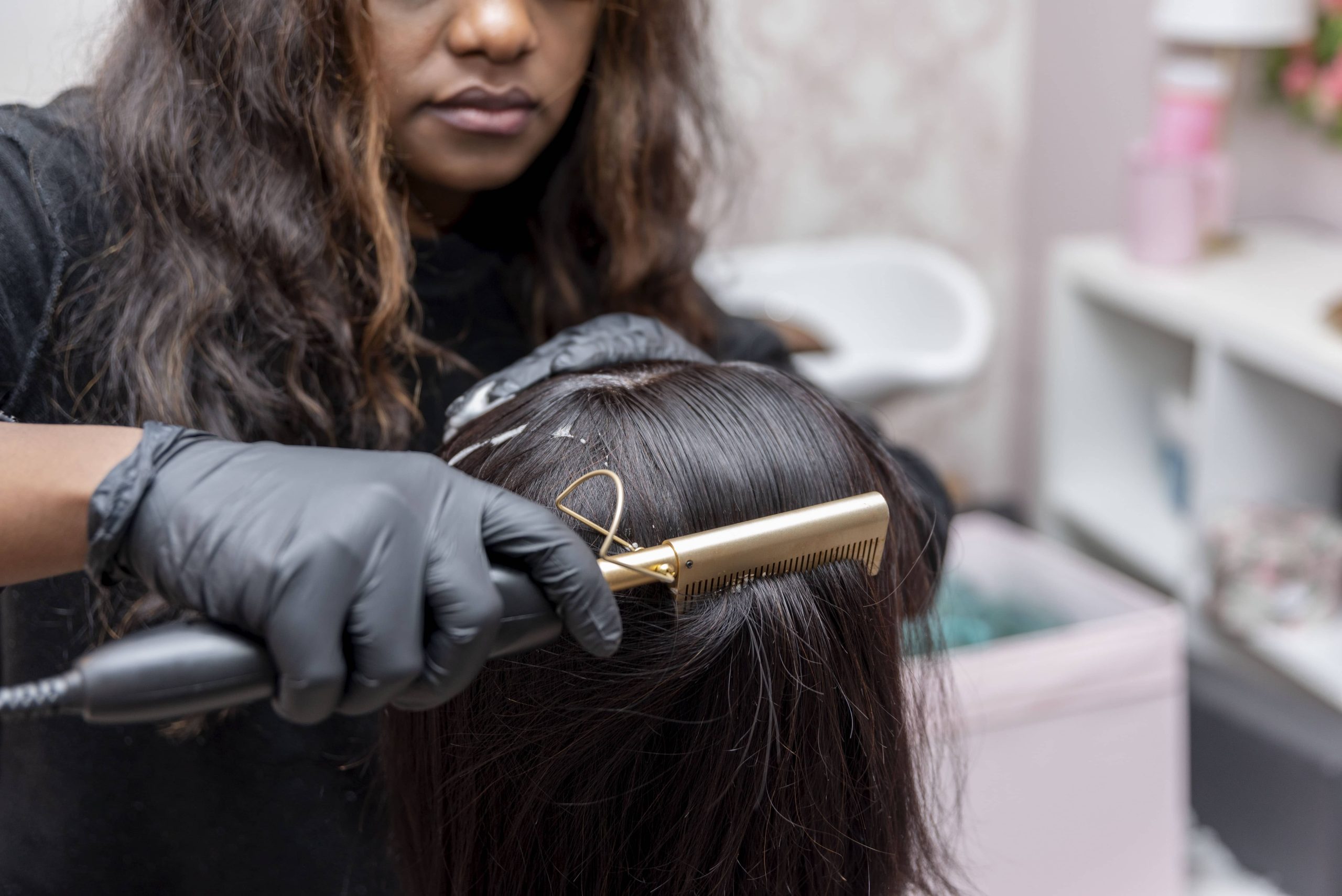
Greetings, fellow haircare enthusiasts! If you’ve ever delved into the world of hair health, you’ve likely encountered the term “hair porosity.” Understanding hair porosity is crucial for anyone looking to tailor their haircare routine to achieve those luscious locks we all dream about. This comprehensive guide will unravel the mysteries of hair porosity and teach you how to harness this knowledge to transform your hair care game.
What is Hair Porosity?
Hair porosity refers to your hair’s ability to absorb and retain moisture, and it’s primarily determined by the hair cuticle. Picture the hair cuticle as a roof consisting of overlapping shingles. The state of these shingles—whether tightly packed, slightly raised, or largely open—dictates your hair’s porosity level. There are three categories: low, medium (normal), and high porosity.
– Low Porosity: In low porosity hair, the cuticles are tightly packed together. This hair type often repels moisture rather than absorbing it, making it difficult for products to penetrate the hair shaft. Low porosity hair tends to look healthier since the cuticle lies flat and reflects more light, but it can become easily laden with product buildup.
– Medium Porosity: If your hair falls in this category, congratulations! Medium porosity hair does a fine job of holding moisture without being prone to excess problems. It’s considered the most manageable type and usually responds well to various styling techniques and products.
– High Porosity: In high porosity hair, the cuticles are raised and can be damaged or over-processed, leading to excessive moisture absorption. However, this also means that moisture escapes easily, often resulting in dry or frizzy hair. High porosity can be genetic or caused by damage from heat styling, chemical treatments, or environmental factors.
Why is Hair Porosity Significant?
Understanding your hair’s porosity allows you to make informed decisions about your haircare regimen, catering to its unique needs for optimal moisture balance. It enables you to choose products that complement your hair’s absorption capabilities and make styling a more predictable and satisfying experience.
How to Determine Your Hair Porosity
There are a few methods to determine your hair’s porosity:
1. The Float Test:
– Take a few strands of clean hair (free from products) and drop them into a bowl of water.
– Let them sit for a couple of minutes.
– If your strands float at the top, you likely have low porosity hair. If they sink to the middle, your hair is of medium porosity. Strands sinking quickly to the bottom indicate high porosity.
2. The Slip ‘n’ Slide Test:
– Take a single strand and slide your fingers up from the tip towards the scalp.
– If it feels smooth, your hair has low porosity. Bumps along the shaft suggest high porosity.
3. Observation:
– Observe how your hair reacts to products and air drying. If it takes a long time to dry and gets weighed down by products, it might be low porosity. Quick-drying hair that absorbs product rapidly could indicate high porosity.
Tailoring Your Haircare to Porosity Levels
For Low Porosity Hair:
– Clarify Regularly: Use a clarifying shampoo occasionally to remove product buildup. This helps keep your cuticles from getting clogged with residue.
– Heat is Your Friend: Since the tightly closed cuticles need help opening up, applying heat when deep conditioning can be beneficial. Consider using a hair steamer or simply applying a shower cap after applying conditioner to trap heat.
– Lightweight Products: Opt for lightweight, water-based products that won’t sit heavily on your hair. Look for humectants like glycerin or honey to help draw moisture into the hair.
For Medium Porosity Hair:
– Maintain Balance: Regular cleansing and conditioning help maintain the natural moisture balance.
– Avoid Overprocessing: While medium porosity hair is versatile, frequent chemical treatments can tip it toward high porosity.
– Experiment with Style: This hair type typically responds well to various styling choices. Experimenting with different products and techniques can be fun, but remember to pay attention to how it reacts over time.
For High Porosity Hair:
– Seal It In: Use heavier products like creams and butters to help lock in moisture. Look for ingredients like shea butter, jojoba oil, and coconut oil to create a barrier against moisture loss.
– Frequent Deep Conditioning: Deep conditioning treatments with proteins can help fill gaps in the cuticles and provide strength and resilience.
– Protective Hairstyles: Minimize damage and moisture loss with protective hairstyles, especially in harsh weather conditions.
Conclusion
By understanding and embracing your hair’s porosity, you’re well on your way to healthier and more manageable hair. Whether your hair is thirsty for moisture or needs less product to thrive, porosity plays a pivotal role in determining what your hair craves. Armed with this knowledge, you can now make informed choices about the products and treatments that will benefit your hair the most. So go forth, embrace your unique hair journey, and let your natural beauty shine!



